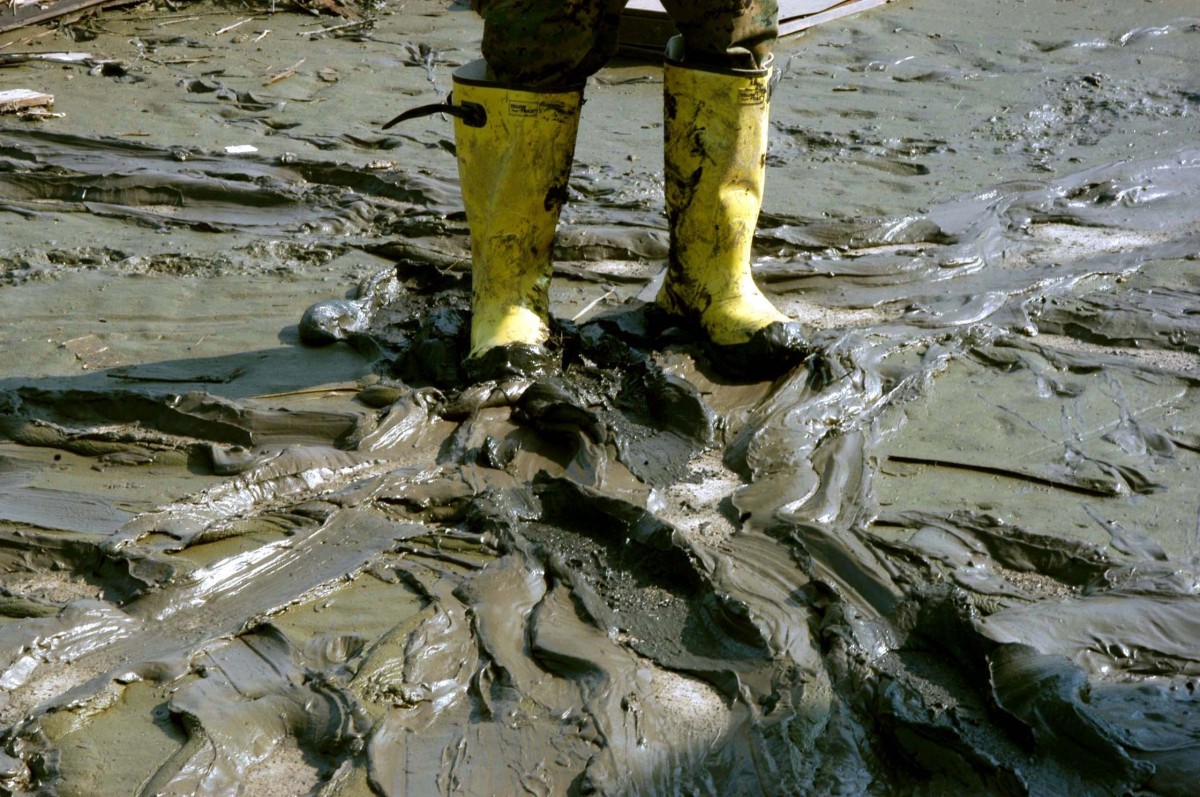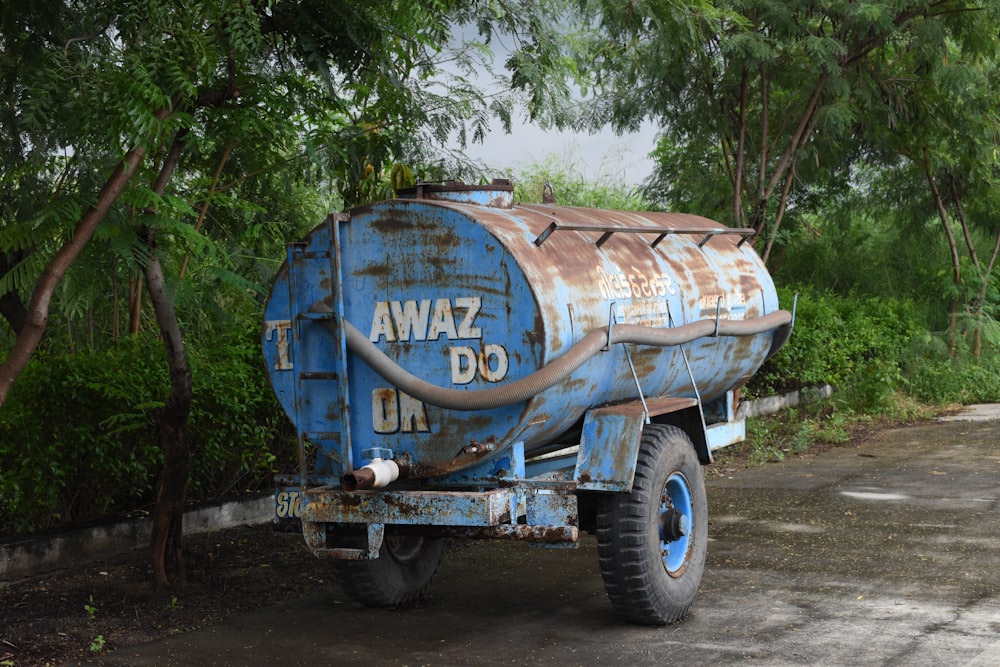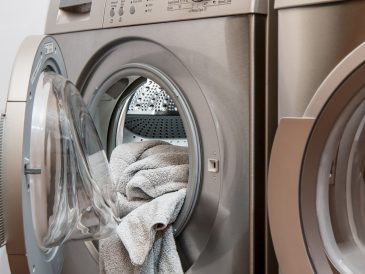The imperative of co-neighborhood is a situation imposed by urban overpopulation. Occasionally, everyone’s harmony is thrown off balance by visual, auditory, or olfactory disturbances. The nauseating odor given off by the overflow of a septic tank leads to an olfactory disorder for our compatriots. It should be noted that these abnormal neighborhood disturbances constitute an offense punishable by fine, detention, or imprisonment. It is, therefore, essential to prevent them. So, without further ado, let’s dive into this blog and learn some of the things you need to know about septic tanks.
1. Respect the reception capacity
The first step to take to avoid co-neighborhood problems is to know, then respect the reception capacity of the septic tank. In the case of a rental, this information is acquired from the owner. This will tell you the maximum number of people who can live in the apartment.
In principle, the septic tank is a sanitation system that turns toilet waste into sludge, gas, and clean water. If the reception capacity of the pit is not respected, the sludge has difficulty transforming into liquid and gas. Over time, this accumulation of sludge causes the pit to overflow. This explains the bad smell given off by it. Therefore, respecting the reception capacity of a pit is the best precautionary measure against future olfactory disorders in the neighborhood.
2. Know how to detect the first signs of malfunction
The malfunction of the toilet sanitation system is manifested by the difficulty of evacuating fluids following the use of the flush and the release of foul odors inside the house. The appearance of these first two signs is enough to confirm that a pit is clogged. As time passes, other more serious signs appear. The time between the appearance of the first signs and the overflow of the septic tank varies depending on the case.
The most relevant symptoms are the observation of the permanent humidity of the walls of the pit and the backflow of wastewater into the bathroom. However, it should be noted that the backflow of wastewater does not necessarily come from the pit. In order to confirm the facts, it is necessary to. Diagnose plumbing and piping. If it turns out that the origin of the problem is not related to the septic tank, it is necessary to proceed with the renovation of the plumbing.
3. Pipeline inspection
A well-designed and well-used septic tank require no ongoing maintenance. As a precaution, it is recommended to inspect the pipeline annually from its second year of use. In practice, you should know that it is possible to carry out a pipeline camera inspection. This facilitates the control procedure. In all cases, this operation requires the intervention of a brand specializing in sanitation and sewerage.
The latter is empowered to verify the origin of the malfunction and to propose the appropriate maintenance or oil change solutions. Moreover, it is advisable to carry out this operation as soon as the first signs of malfunction appear. Here, the goal is to confirm our doubts even before the neighborhood is affected.
4. Initiate the administrative procedures
In the event that a professional confirms the malfunction of the septic tank sanitation system, two solutions can be taken: emptying the tank or condemning it. Whatever the case, the administrative procedure must be carried out as quickly as possible. Indeed, any related intervention requires municipal authorization.
Given this fact, it is recommended to inquire with the town hall of your municipality in order to know the required procedure. These steps will allow for obtaining administrative authorization. In short, all the arrangements must be made in time so that the procedures are undertaken before the situation degenerates.
Sound off in the comments section below, and tell us what you want to read next and if you want to read more about septic tanks.







